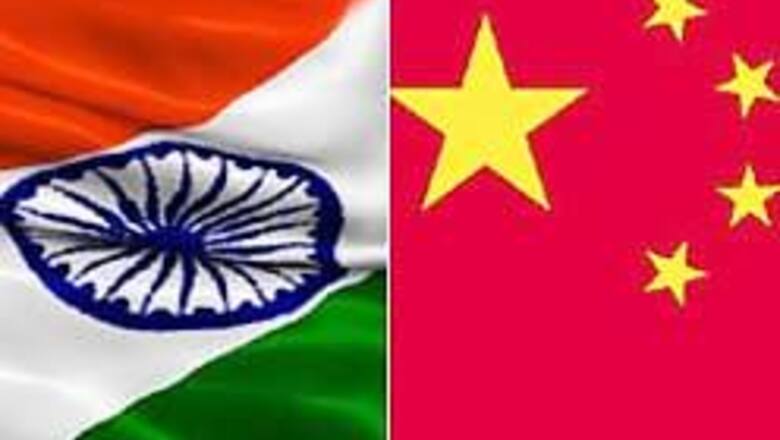
views
New Delhi: India will follow in the footsteps of rivals China and Japan when it launches its first unmanned moon mission on Wednesday and shows off its scientific know-how and claim a bigger chunk of the global space business.
Chandrayaan-1, a cuboid spacecraft built by the Indian Space Research Organisation (ISRO) will blast off from Sriharikota, off the Andhra Pradesh coast in the early hours and enter the moon's orbit after 16 hours of flight, scientists say.
"We are going to the moon for the first time. China has gone earlier, but today we are trying to catch them, catch that gap, bridge the gap," Bhaskar Narayan, an ISRO director told Reuters.
Chinese astronauts were feted as national heroes last month after their country's first space walk, and India does not want to be left behind.
"India wants the world to look at it as a nation that is progressing and can compete in space as well," said Amulya Ganguli, a political analyst.
"We cannot afford to be lagging behind other countries like USA, Russia and China in having access to humans in space." But ISRO insists the mission is not just about national pride. It will have valuable scientific benefits, it says.
Science and business
A principal objective is to look for Helium 3, an isotope which is very rare on earth but is sought to power nuclear fusion and could be a valuable source of energy in the future, some scientists believe. It is thought to be more plentiful on the moon, but still rare and very difficult to extract.
The mission is also expected to carry out a detailed survey of the moon to look for precious metals and water. "We are going to get a three-dimensional atlas of the moon's surface, which will be used for chemical and mineralogical mapping of the entire lunar surface," Narayan said.
The project cost $79 million, considerably less than the Chinese and Japanese probes in 2007. As the spacecraft hovers around the moon for two years, a small moon impactor probe will detach and land on the moon to kick up some dust, while instruments in the craft analyse the particles, ISRO says.
PAGE_BREAK
In April, India sent 10 satellites into orbit from a single rocket, and ISRO says it is planning more launches before a proposed mission to space and then onto Mars in four years time.
ISRO is collaborating with a number of countries, including Israel, on a project to carry an ultra-violet telescope in an Indian satellite within a year.
It is also building a tropical weather satellite with France, collaborating with Japan on a project to improve disaster management from space, and developing a heavy lift satellite launcher, which it hopes to use to launch heavier satellites by 2010.
"When we commercialise this launcher, we will have a good business," Narayan said on Tuesday. ISRO hopes to make at least $70 million a year from launches alone. India has launched 10 remote sensing satellites since 1998, has several broadcast satellites in space to control 170 transponders and has also launched light-weight satellites for Belgium, Germany, Korea, Japan and France.

















Comments
0 comment